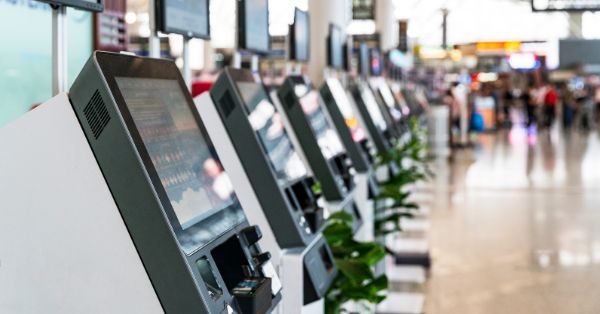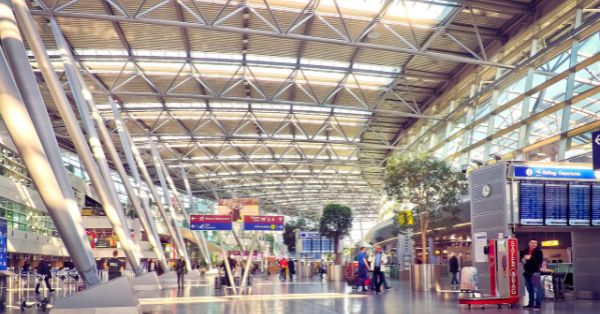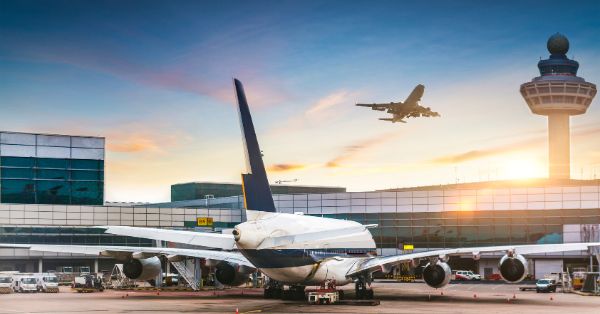In order to make the federal waterways in Germany more sustainable and efficient, Vodafone is pushing the expansion of the new 5G mobile radio technology along the German waterways. The LTE network is also to be further improved in order to close dead spots along the waterways and increase the available mobile bandwidths.
Vodafone now supplies 99 percent of the economically important seaports and waterways in Germany with mobile communications.
More than 1,400 cellphone sites along the waterways are already equipped with 5G technology. In the coming months, the network is to be further improved with 700 additional expansion projects.
Waterways as an environmentally friendly and most important transport infrastructure in water transport
According to the BMVI, shipping is by far the most environmentally friendly mode of transport measured in terms of transport capacity. A barge can transport a ton of cargo almost four times as far as a truck with the same energy consumption. More and more transports are therefore to be shifted from the road to the water. Digitization is becoming increasingly important in shipping. For example, to always keep an eye on goods transport with sensors.
The environmental pollution caused by the growing freight traffic is increasing. Environmental and climate-friendly concepts should help to reduce them. A shift in freight transport from trucks to inland waterways is necessary, because federal waterways are already more environmentally friendly than rail or road. Approximately 4,800 km of the federal waterway network are of significant importance for international freight traffic in Europe. The network of federal waterways comprises a total of 7,476 kilometers of inland waterways, of which around 75 percent are rivers and 25 percent are canals. In addition to the Rhine and Danube, the most important federal waterways for inland and passenger shipping, there are also 18 seaports in Germany that are of particular economic importance:
- Brake
- Bremen/Bremerhaven
- Brunsbuettel
- busum
- Bützfleth
- Cuxhaven
- emden
- Hamburg
- house
- keel
- Luebeck
- Nordenham
- Puttgarden/Fehmarn
- Rostock
- Sassnitz-Mukran
- Stralsund
- Wilhelmshaven
- and Wismar
With large-scale mobile communications expansion projects along the entire federal waterway network, Vodafone is helping to ensure that shipping in Germany, as the most sustainable transport route, is becoming even more economical and digital.
99% of the waterways covered by mobile communications
For future digital shipping in Germany, Vodafone is driving the expansion of 5G along the German waterways. Today, more than 2/3 of the waterways in Germany are already equipped with the 5G mobile communications standard provided. More than 1,400 5G locations are currently broadcasting along the waterways. Of these, 440 locations are already equipped with the latest 5G+ mobile communications technology. Around 2,800 locations are supplied with its mobile broadband network LTE from Vodafone.
The 18 seaports with particular economic importance are also supplied with mobile communications across the board. A further 700 construction projects are planned along the waterways by mid-2023. Vodafone will put around 400 additional 5G locations into operation to enable shipping to continue to have access to the fast real-time network in the future. However, not only the ship pilots benefit from the latest mobile phone technology, but also the entire port logistics, sailing and motor boats and all those who travel on Germany’s canals and lakes.





























